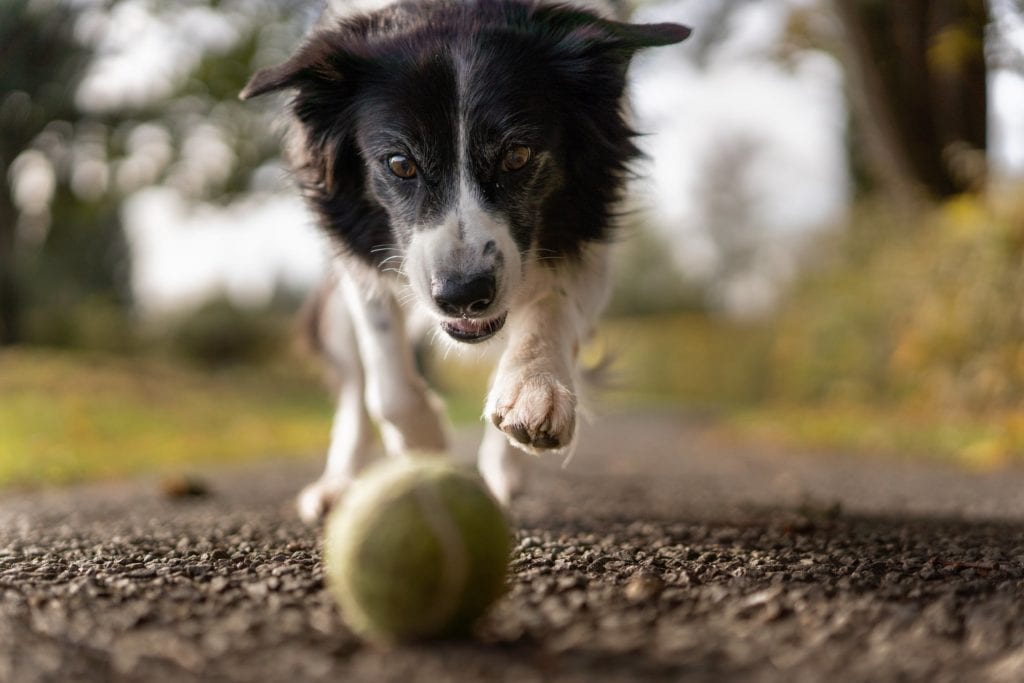Dog Blog - February 28, 2020
5 Tips to Help Your Adopted Dog Adapt to Their New Home
Pet adoption is a rewarding experience, but it isn’t always an easy one. As with every significant change, there is an adjustment period. You need to be fully prepared for some of the problems you may be confronted with during this time.
Here are a few tips to help your canine friend quickly feel more comfortable in their new home:
Be fully prepared for their arrival
In the weeks leading up to the adoption, you need to ensure that both you and your home are ready for your new dog. Decide where you will allow your dog to go in the house and garden and make sure that these spaces are safe and free from any items that may end up as chew toys.
Additionally, you are going to want to pick up a few supplies to get you started. This includes food, bedding, toys, and a collar and leash. Prepare any children living in the house for how to act around their new friend and have a care plan in place for at least the first few days so that there is always someone at hand to take care of doggo.
Take things slow and give them their own space

The transition to a new home can be a stressful experience; this is especially the case for rescue dogs. When picking up your pooch, see if the shelter has any insights into their past experiences, so you have an awareness of how they may react to different situations.
Set aside space where the dog can spend time alone if he is feeling overwhelmed. A nice comfy bed in the corner should do the trick. Just makes sure it is a place where he won’t be disturbed. When he is there, refrain from making a fuss of him. Allow him to come to you when he feels comfortable doing so.
Establish a clear routine
Dogs do very well with routine, and the quicker you can show your pal how his new house functions, the more relaxed he will feel. Aim to stick to a precise schedule with feeding, walking, and other activities. Being consistent in the first few weeks will help your dog to adapt more quickly.
Don’t forget to express boundaries from the very beginning. If you don’t want your dog going upstairs, or sitting on the furniture, letting him do this at the start will only serve to confuse him later on. Be gentle but firm in establishing the rules of the house.
Anticipate problems
While your new friend is getting used to his different situation, there may be a few issues. Firstly, as mentioned, this is quite a stressful time, and this can lead to problems such as refusal to eat or, to the other extreme, diarrhea. These can also be connected with changes in food. Both should resolve themselves in a few days – but if the problems do persist, then consult a veterinarian.
Other problems might be linked to behavior. As you don’t know your dog yet, it’s best to avoid leaving him alone for extended periods at first. Furthermore, when taking him out for walks, keep him on the leash at all times. You don’t know how he may react to other people or animals.
Be patient and don’t get discouraged
It may take just a day or two for your canine friend to adjust, or it might take longer. Each dog is an individual with their own personality and life experiences. Don’t be discouraged if your new pet doesn’t warm to you straight away.
Just follow these tips, give him some time to settle in and get familiar with his new surroundings, and you’ll be getting along happily before you know it.


